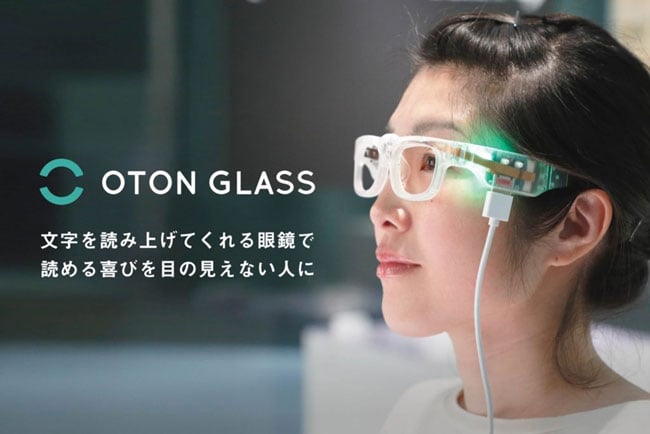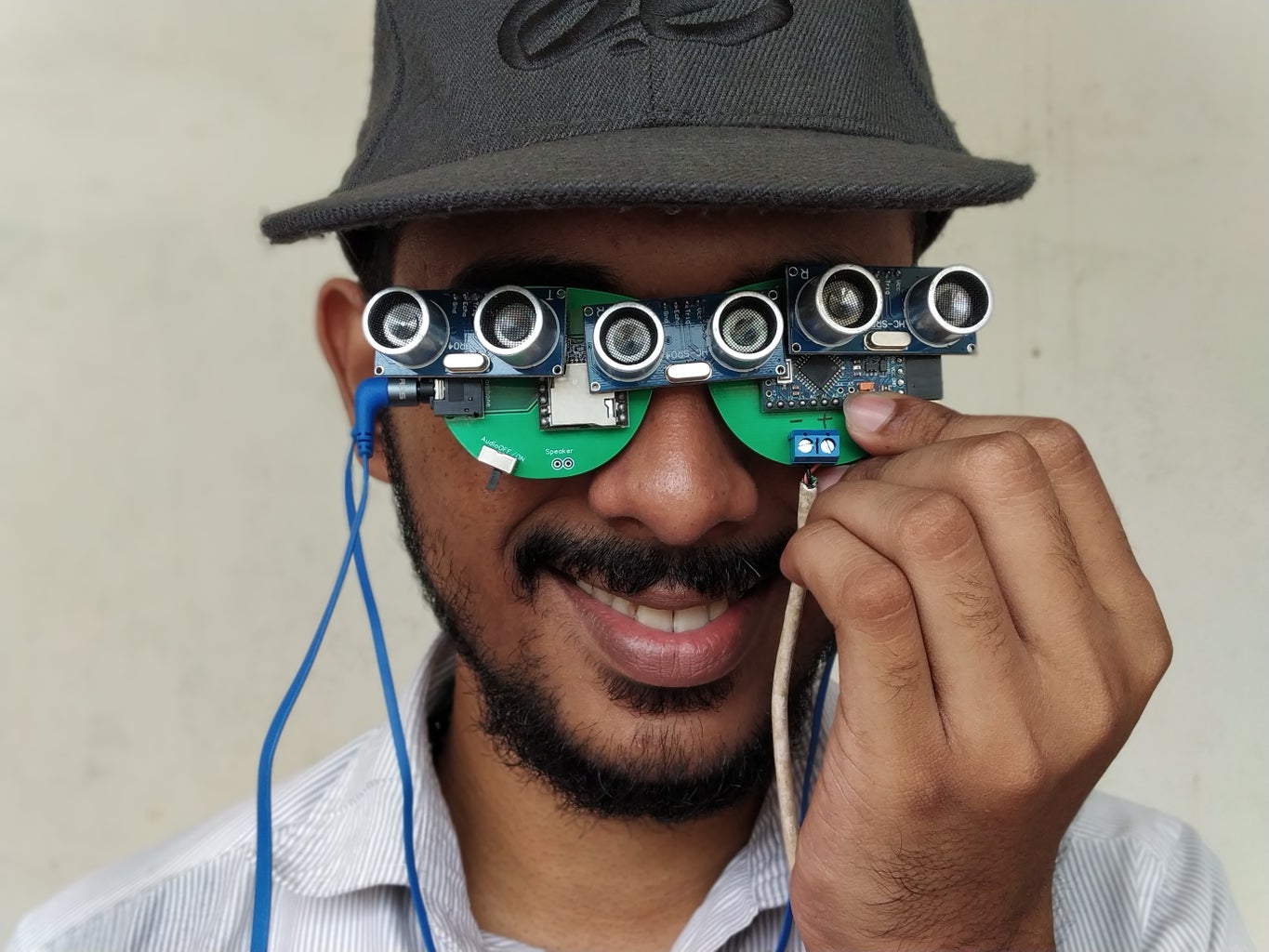OCR Devices for the Blind: Breaking Barriers with Optical Character Recognition
OCR Devices for the Blind: Breaking Barriers with Optical Character Recognition
Blog Article
Enhancing Availability Via Assistive Modern Technology for the Blind
The combination of assistive technology for the blind represents a crucial development in availability, basically modifying how individuals navigate their settings and involve with culture. As we explore the varied kinds of assistive tools and their tangible effects on day-to-day living, it becomes necessary to examine exactly how continuous technical advancements are reshaping the landscape of assistance for the blind neighborhood.
Introduction of Assistive Innovation
Assistive technology describes a variety of tools and software designed to improve the capabilities of people with impairments, including those that are blind or aesthetically impaired. This innovation plays an essential function in advertising self-reliance and boosting the lifestyle for users. By providing different techniques for accessing info and performing day-to-day tasks, assistive modern technology equips people to navigate their atmospheres better.
The advancement and application of assistive technology accept a selection of concepts focused on cultivating availability. These concepts include user-centered style, which prioritizes the needs and preferences of the person, and the assimilation of innovation into day-to-day activities. Such developments guarantee that assistive tools are not only functional however very easy and also instinctive to use.
Moreover, assistive innovation incorporates a varied range of remedies, from low-tech alternatives like magnifiers to modern technologies such as screen visitors and Braille screens. The continuous advancement of this field is driven by the demand to attend to the special difficulties dealt with by individuals with aesthetic disabilities (Wearable technology for low vision). As modern technology remains to development, the capacity for enhancing availability and promoting inclusivity remains promising, inevitably contributing to an extra fair society

Kinds Of Assistive Tools
Various types of assistive tools are readily available to sustain people that are visually damaged or blind, each made to resolve particular requirements and obstacles. These devices can be extensively categorized right into 3 main kinds: low-tech, mid-tech, and high-tech services.
Low-tech tools consist of products such as magnifiers, Braille tags, and responsive maps. These are relatively simple devices that boost the user's capability to interact with their atmosphere without calling for complicated innovation.
Mid-tech tools frequently involve advanced functions, such as electronic magnifiers and portable Braille note-takers. These devices can provide performances like speech outcome, allowing customers to gain access to information extra efficiently.

Effect on Daily Living
The accessibility of various assistive devices dramatically enhances the lifestyle for people who are aesthetically damaged or blind, affecting their day-to-day living in extensive means. By incorporating innovations such as screen readers, Braille shows, and audio summary services into their routines, customers obtain higher autonomy and independence. These tools assist in access to info, allowing people to do daily tasks, such as reading emails, navigating public spaces, and delighting in media material.
Furthermore, assistive devices encourage individuals to involve more fully in social communications and neighborhood tasks. The ability to utilize smartphones equipped with accessibility features enables seamless communication and link with others. This connectivity fosters a sense of belonging and decreases feelings of seclusion.
In professional settings, assistive innovation sustains efficiency by permitting people to total work jobs successfully. Tools like voice acknowledgment software application and specialized magnification devices enable users to participate in the labor force on equivalent ground with their sighted peers.

Advancements in Innovation
Current technological developments have actually considerably changed the landscape of tools readily available for people who are visually damaged or see this blind. The combination of synthetic intelligence (AI) and machine understanding has actually triggered applications that improve navigation and object recognition. For instance, smartphone applications can now make use of AI to determine and describe surroundings in real-time, giving individuals with valuable contextual info.
Additionally, innovations in haptic innovation have brought about the development of wise canes furnished with sensing units that discover challenges and provide tactile responses. This empowers individuals to browse their environment with boosted confidence and freedom. Additionally, technologies in text-to-speech software application and braille display screens have actually improved the availability of digital material, enabling seamless interaction with various media.
Wearable modern technologies, such as clever glasses, are additionally making strides in aiding visual impairment. These gadgets can supply augmented truth experiences, overlaying important info onto the individual's field of vision. Jointly, these advancements not only enhance the quality of life for individuals who are blind but also promote higher addition in society. As innovation remains to develop, the capacity for even more transformative tools stays imminent.
Future Trends and Innovations
As technology quickly proceeds, the future of assistive tools for individuals that are blind holds tremendous guarantee. Technologies in expert system (AI) and device discovering are positioned to revolutionize the method blind customers interact with their atmospheres. For example, AI-driven applications are being developed to enhance item acknowledgment, permitting users to identify and browse their surroundings with better ease and accuracy.
Furthermore, innovations in haptic responses technology are enabling the development of tactile maps and navigation aids that offer real-time Get More Info info with touch. These technologies not just boost flexibility yet additionally foster freedom. In addition, wearable devices geared up with augmented reality (AR) features are arising, supplying customers aesthetic info with audio descriptions, thus bridging the gap in between the electronic and physical worlds.
Additionally, the assimilation of wise home technology provides brand-new possibilities for ease of access, permitting individuals to regulate their living environments via voice commands or smart device applications. As collaboration in between technology designers and the blind community proceeds, the emphasis on user-centered style will guarantee that future developments are customized to satisfy the distinct needs of this populace (Wearable technology for low vision). The trajectory of assistive modern technology promises a much more empowering and comprehensive future for individuals who are blind
Verdict
In verdict, assistive technology plays a vital duty in enhancing availability for people with visual impairments. Constant improvements in modern technology and user-centered design guarantee that these devices cater successfully to the one-of-a-kind needs of the blind community.
The combination of assistive innovation for the blind stands for a crucial improvement in access, basically altering how individuals navigate their environments and engage with society.Assistive modern technology refers to a range of devices and software developed to enhance the capabilities of individuals with impairments, including those that are aesthetically damaged or blind. Wearable technology for low vision.As innovation quickly proceeds, the future of assistive tools for individuals who are blind holds tremendous assurance. The trajectory of assistive modern technology click reference assures an extra comprehensive and empowering future for people that are blind
In verdict, assistive modern technology plays a critical duty in boosting availability for individuals with aesthetic problems.
Report this page